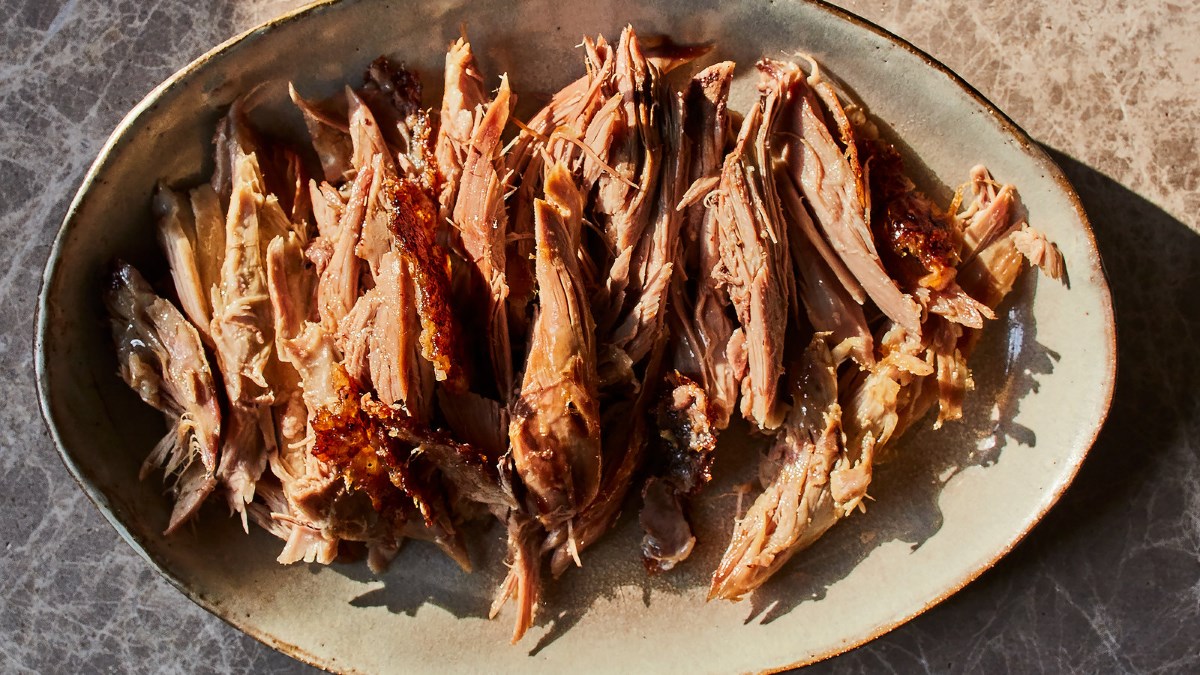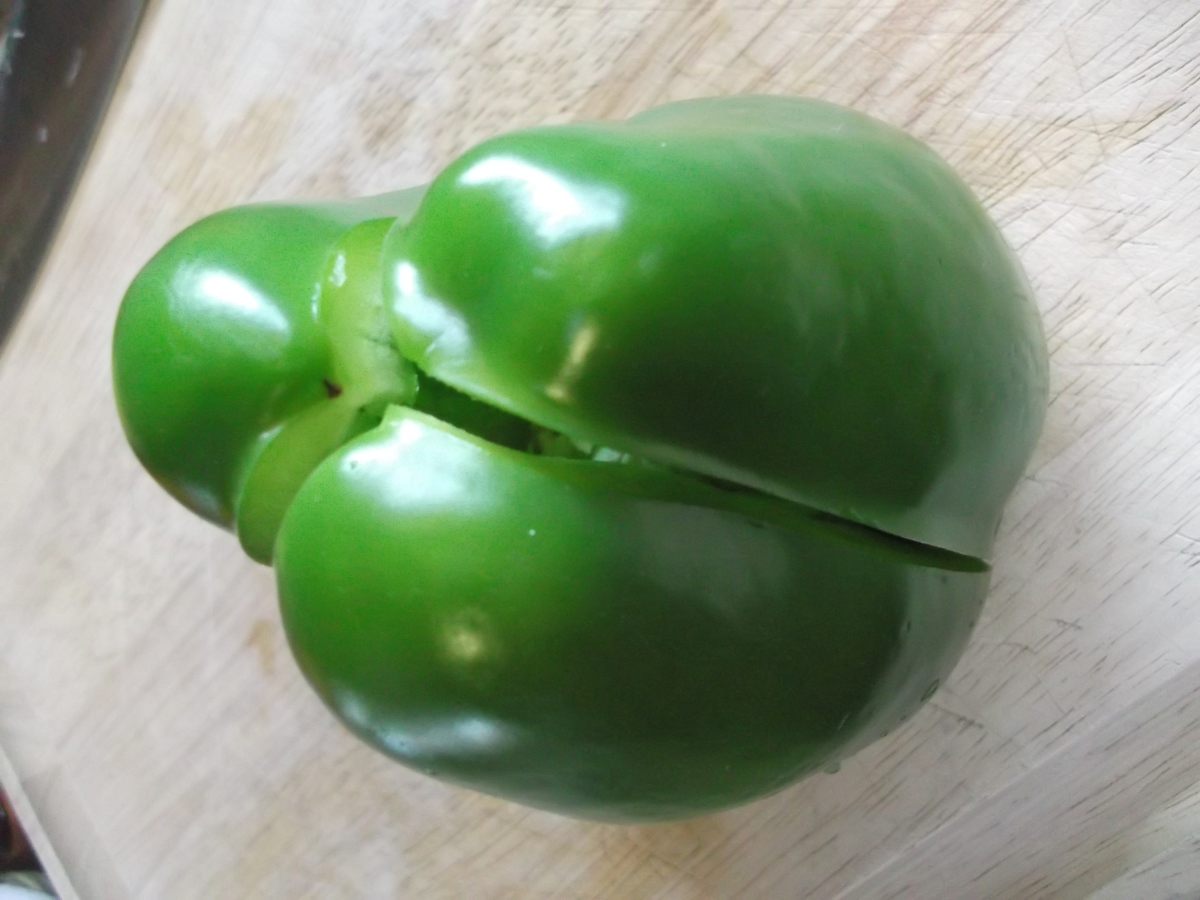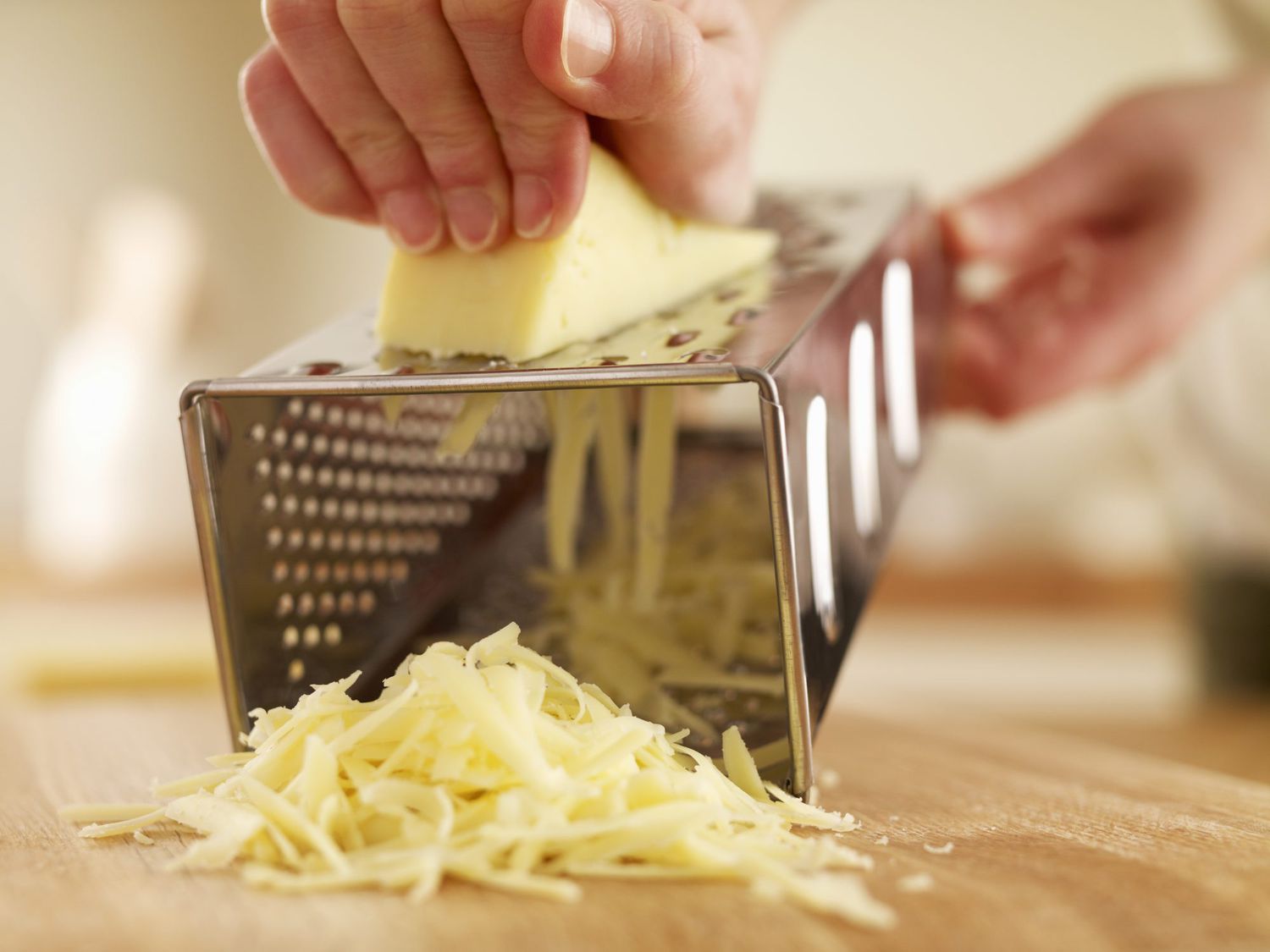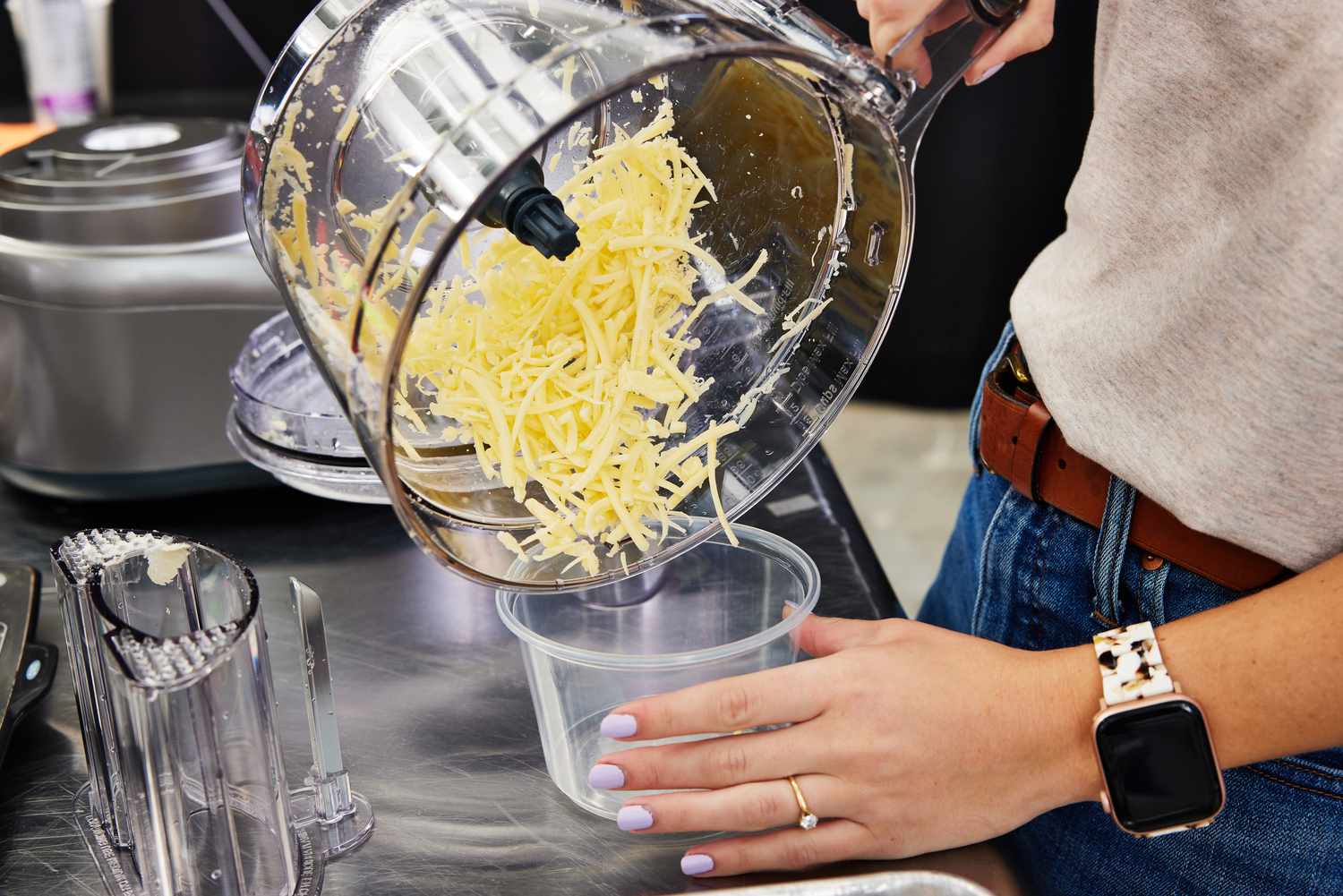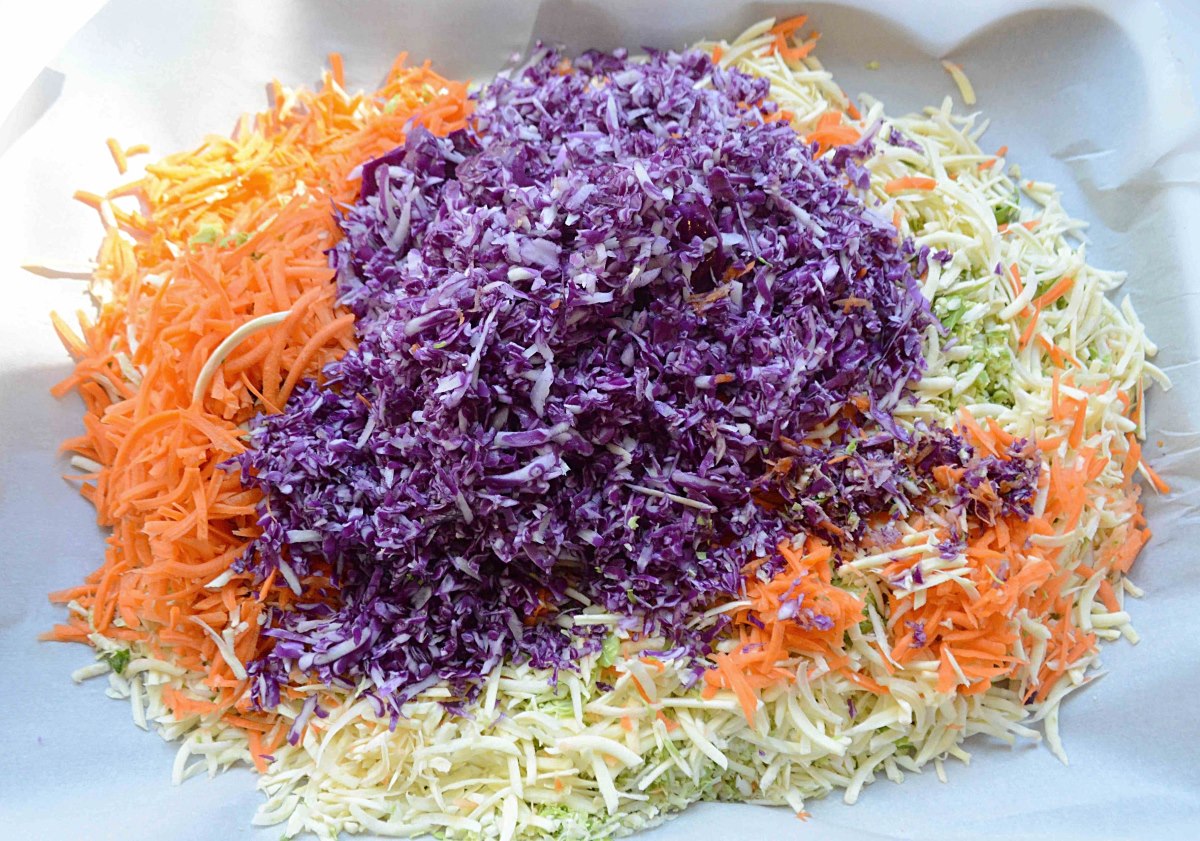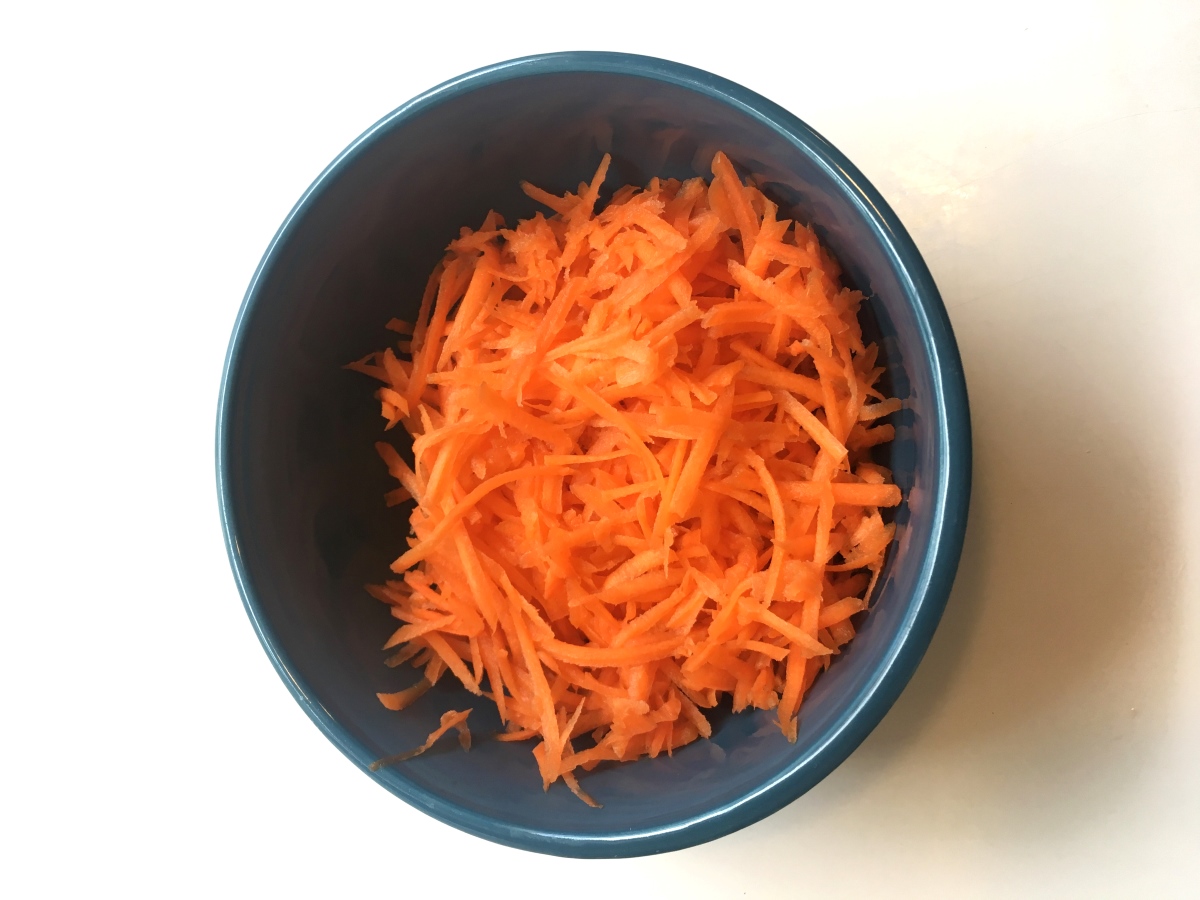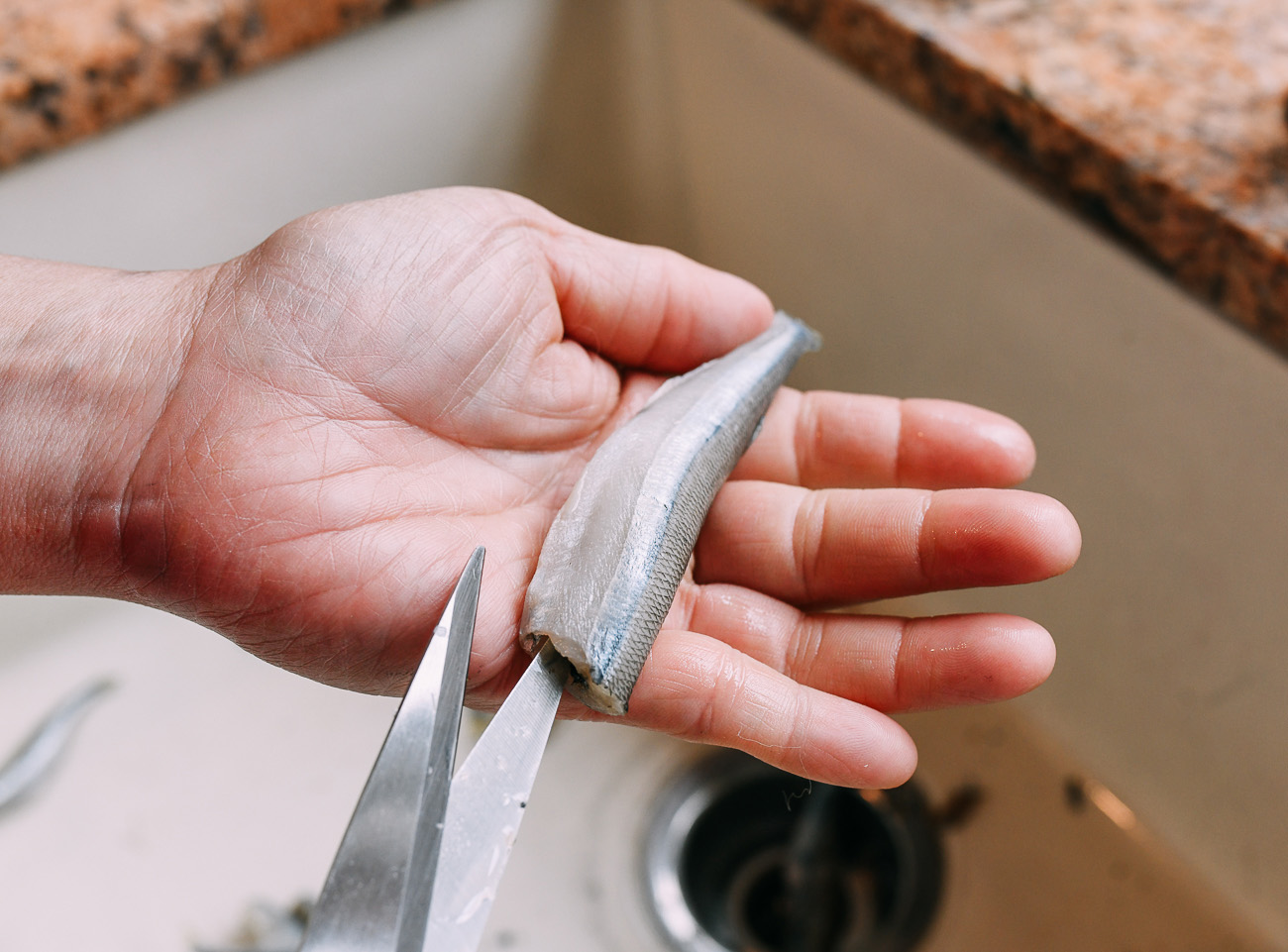Easy Cheese Shredding with a Magic Bullet
Shredding cheese can be a tedious task, but with the right tools, it can be quick and effortless. If you have a Magic Bullet blender at home, you’re in luck! This versatile kitchen appliance can be used to shred cheese in no time. Here’s a step-by-step guide on how to make the most of your Magic Bullet for cheese shredding.
What You’ll Need
Before you get started, gather the following items:
- Magic Bullet blender
- Block of cheese (cheddar, mozzarella, or your favorite type)
- Cutting board and knife
Preparation
Start by cutting the block of cheese into smaller chunks that will fit into the Magic Bullet cup. This will make the shredding process more efficient and ensure that the cheese is evenly shredded.
Assembling the Magic Bullet
Next, assemble the Magic Bullet by attaching the cross blade to the cup. Make sure it is securely in place before adding the cheese.
Shredding Process
Once the Magic Bullet is assembled, add the cheese chunks to the cup. Depending on the size of the cup, you may need to shred the cheese in batches to avoid overfilling.
Secure the lid onto the cup and place it onto the Magic Bullet base. Pulse the blender in short bursts to shred the cheese. Avoid running the blender continuously, as this may cause the cheese to clump together.
Checking the Consistency
After pulsing the blender several times, remove the cup and check the consistency of the shredded cheese. If needed, give it a few more pulses until you achieve the desired texture.
Storage
Once the cheese is shredded to perfection, it can be used immediately in your favorite recipes or stored for later use. Transfer the shredded cheese to an airtight container and refrigerate it to maintain freshness.
Cleaning Up
After you’re done shredding the cheese, disassemble the Magic Bullet and clean the parts thoroughly. The cup, lid, and blade can be washed with warm, soapy water or placed in the dishwasher for easy cleanup.
Conclusion
Shredding cheese in a Magic Bullet is a convenient way to save time in the kitchen. With just a few simple steps, you can have freshly shredded cheese ready to enhance your favorite dishes. So, the next time you’re craving a cheesy meal, reach for your Magic Bullet and enjoy the ease of cheese shredding at your fingertips!
Was this page helpful?
Read Next: How To Shred Gouda Cheese
